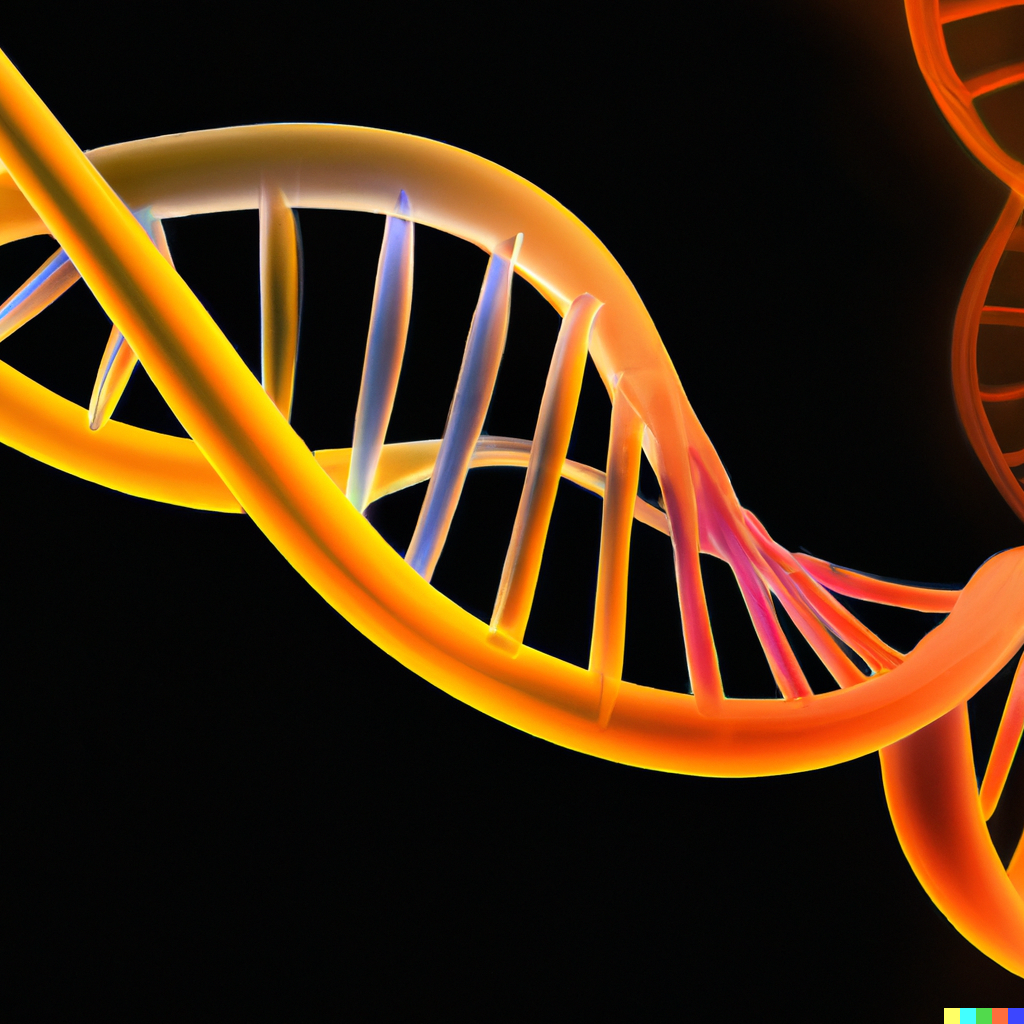-
Video – Thought as Word Dynamics #19 – Making speech out of memory
A speech act is the outcome of several “coatings” on a path in our neural Network
-
Video – Thought as Word Dynamics #18 – A sentence is a path in the dictionary
Speaking is connecting words we hold in memory
-
Video – Thought as Word Dynamics #17 – What is Objective Reality?
Plato and Aristotle invent the notion of “truth”
-
Video – Thought as Word Dynamics #16 – How do we link word-pairs?
The ancient Greek could use the syllogism, the ancient Chinese could not
-
Video – Thought as Word Dynamics #15 – Taking the best from East and West
Devising a universal linguistic tool
-
Video – Thought as Word Dynamics #14 – How could twins be birds ?
There is a pre-existing treasure of knowledge in a language’s lexicon
-
Video – Thought as Word Dynamics #13 – Logic is inherent to our memory network
We produce logical statements because of the way our natural neural network is organised
-
Video – Thought as Word Dynamics #12 – How are virgin neurones colonised?
How are neurones modified in the learning process ?
-
Genetic ontology (GO) and word dynamics: a comparison of complex systems

Illustration par DALL-E (+PJ)
You may have seen the videos I’m currently making, entitled “Thought as Word Dynamics” (11 videos have already appeared in the series by now). A friend of mine submitted them to ChatGPT (GPT-4), asking the A.I. to…
-
Video – Thought as Word Dynamics #10 – Word-pairs are either “A is a B” or “A has a B”
The relationship between the two words in a pair stored in memory is that one of the two “is” an instance of the other or “has” an instance of the other.
-
Video – Thought as Word Dynamics #9 – “Penetrable” vs “impenetrable”
In the word-pairs stored in memory, one of the two words generally refers to a material substrate
-
Video – Thought as Word Dynamics #8 – Word pairs and Hebbian reinforcement
The learning process is Pavlovian
P.S. “Entanglement” instead of “intrication”.
-
Video – Thought as Word Dynamics #6 – The blocks of thought are word-pairs
Only word pairs produce a thought that can be true or false